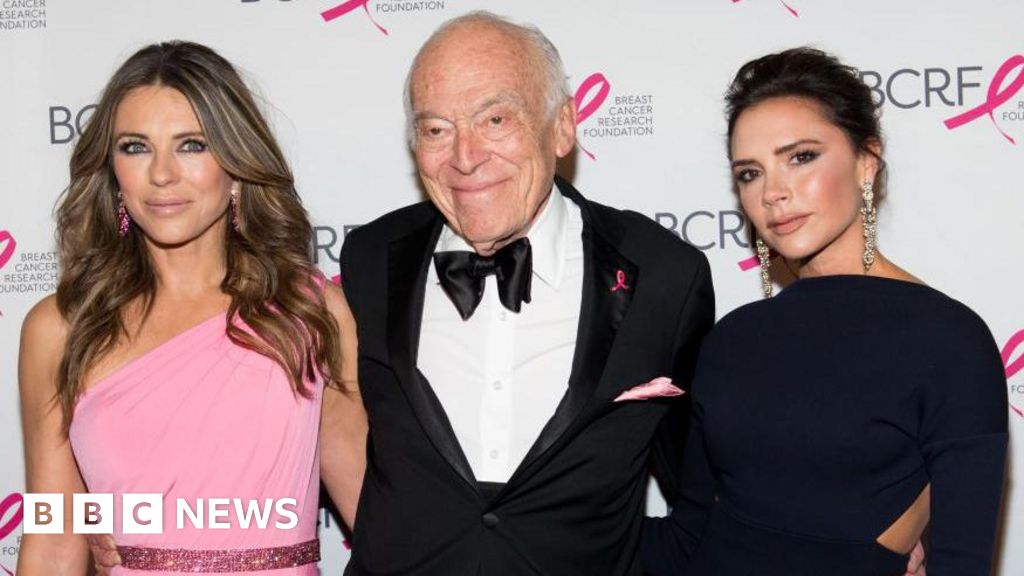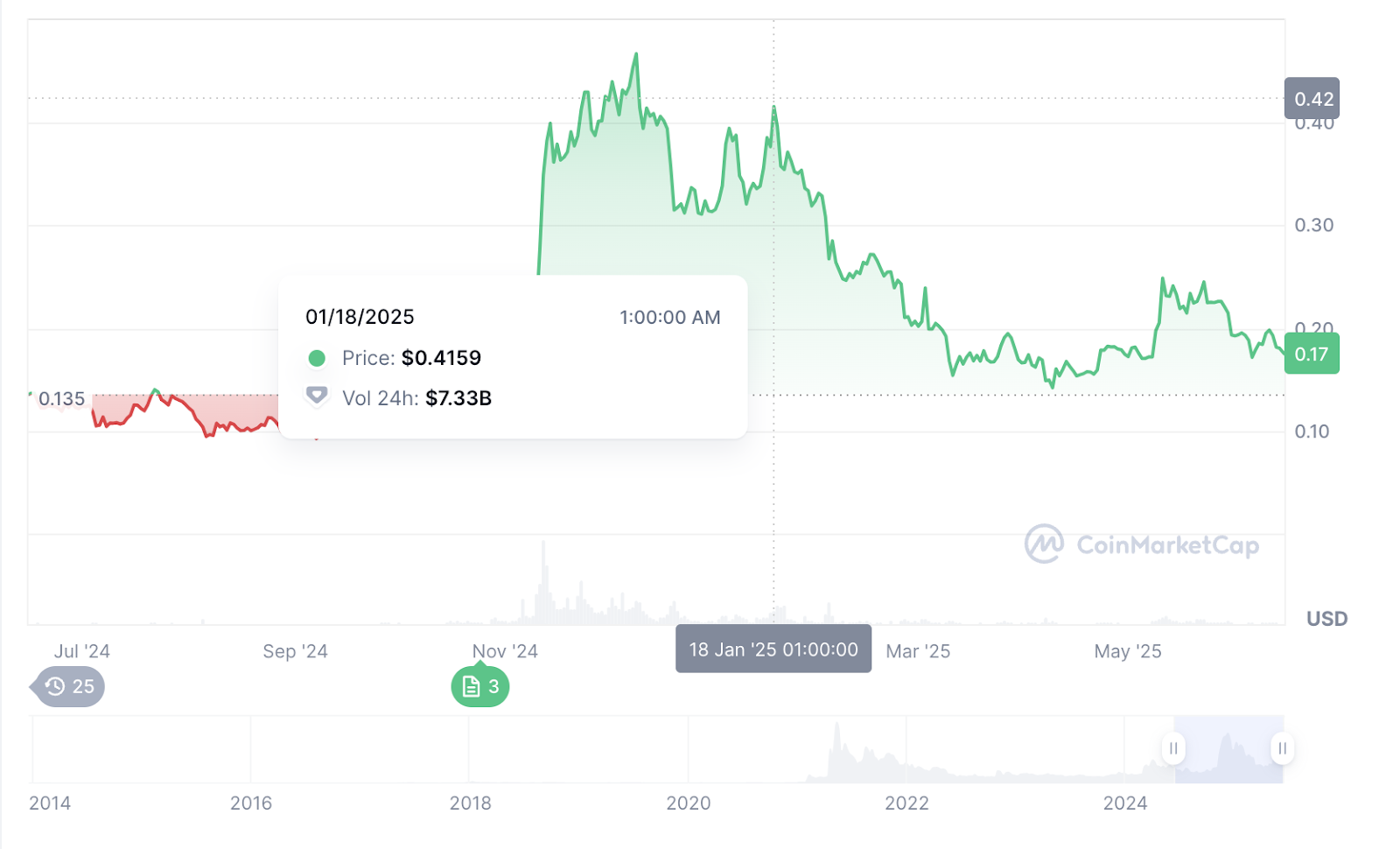Since its 2002 launch, LinkedIn has become the go-to destination for anyone looking for a new job.
It’s the place where professionals share thought leadership posts, connect with people in their field, and comment on industry-relevant topics all in the hopes of building their reputation and/or getting hired.
But the painful process of subtly networking, sliding into hiring manager’s DMs, and frequently self-promoting on the platform may be a thing of the past.
Now LinkedIn is enabling its users to be more direct.
As Jerry Lee, co-founder of the careers coaching company Wonsulting, recently discovered, job seekers can indicate their interest in a company, with the press of one button.
In an Instagram video that has gone viral, Lee showed off the hidden feature “that’ll help you get a job”.
How to let your dream employer know you’re interested
First up, job seekers should write a list of the all companies they want to work at.
Then one-by-one search for the company’s LinkedIn page, click on the “about” section and scroll down.
Users should stumble on the button which says “I’m interested”.
This tool enables professionals to privately share their profile with recruiters at that company, even if it doesn’t currently have any vacancies.
“Privately share your profile with our recruiters – you’ll be noted as expressing interest in our job openings for up to a year,” the platform says.
Unlike publicly following your dream employer, this new function enables workers to discreetly share their information with the hiring manager, without bringing any recent activity to the attention of their current boss.
Lee who helps underserved communities land a job described it as a “proactive approach” to job hunting.
Without a job opening to submit a résumé for, hiring managers will be evaluating profiles against any upcoming jobs.
So, as Lee says, candidates using the “I’m interested” button must ensure their profile pages are up to scratch.
One recruiter commenting on the video echoed the importance of this step.
“99% of the time we’re just looking at your experience outlined on either Linkedin or your CV,” Michael Williamson commented. “If it looks like you’re at least 50% likely to get an offer, I’ll talk to you.”
Credit: Source link











